LIFEGUARDING
ACADEMY

LIFEGUARDING
ACADEMY

The purpose of the physical items in the National Lifeguard program is to ensure the lifeguard's physical fitness and ability to rescue victims at the time of emergency. All National Lifeguard candidates are encouraged to train and ensure that they're able to meet these physical requirements prior their course and even after successful completion of it.
These items are designed to prepare you to respond to specific emergencies.
1. Management of Distressed or Drowning Victim
2. Spinal Injury Management and Boarding
3. Management of Submerged Victim
1. Roles & Responsibilities of the Lifeguard
2. Chemicals Used in Pools
3. Lifeguard & the Law
4. Inservices & On-going Training
5. Pool Facility Analysis
6. Lifeguard Communication
7. Scanning & Supervision
8. Positioning & Rotation
9. Intervention
The below items are commonly taught to the National Lifeguard candidates. Your instructor may teach you additional examinable techniques during the course.
1. Corner Spinals
2. Seizures
3. Double clutch
4. Missing Persons Procedure
Your National Lifeguard Exam will consist of lifeguarding situations, also known as "Sits". Candidates will be faced with a number of situations in which they will be able to demonstrate their ability and skills. See below for the criteria to pass your National Lifeguard exam.
1. Effective lifeguard positioning
2. Effective observation skills & scanning techniques
3. Timely recognition & appropriate response
4. Appropriate execution of procedures
5. Effective execution of roles in the management of the situations
6. Selection and demonstration of effective rescue techniques
7. Appropriate first aid treatment if required
8. Accurate communication with EMS at earliest possible moment
9. Continued safety supervision of other patrons throughout
10. Concern for good public relations
11. Appropriate and effective direction of bystanders where applicable
12. Accurate reporting and appropriate follow-up
Please, enter a valid value